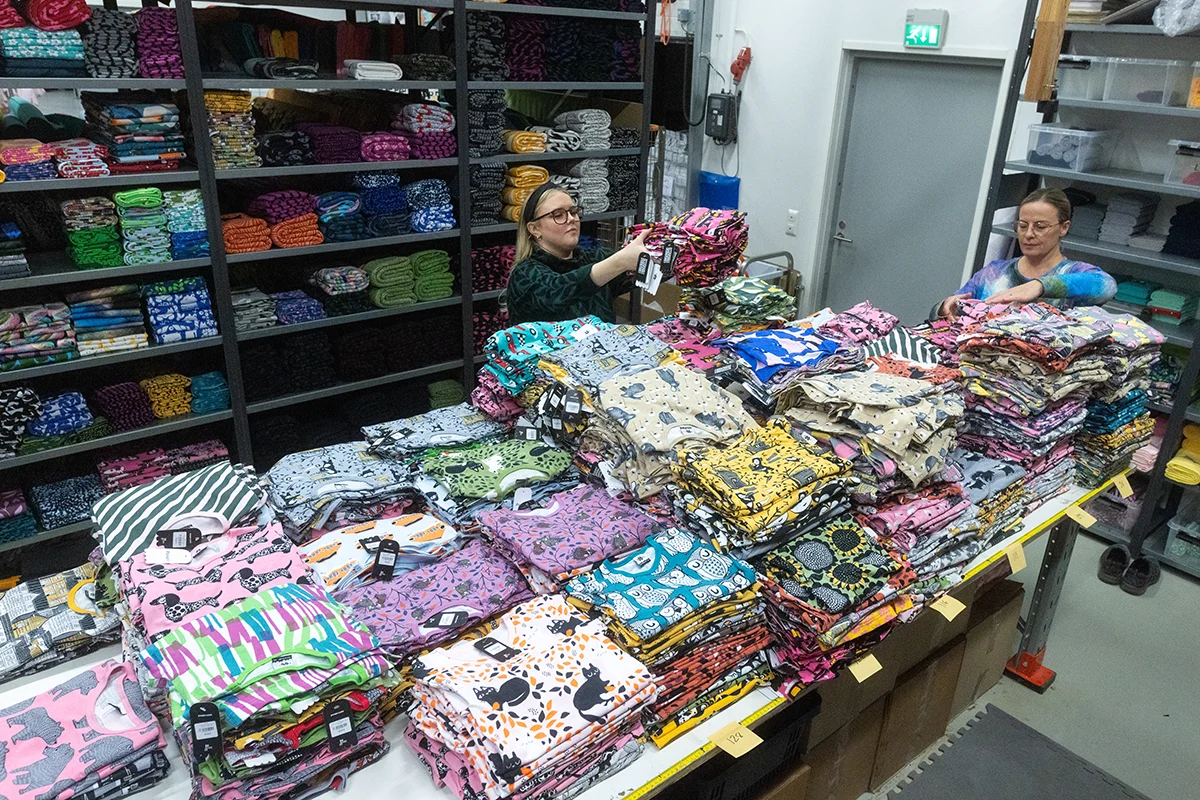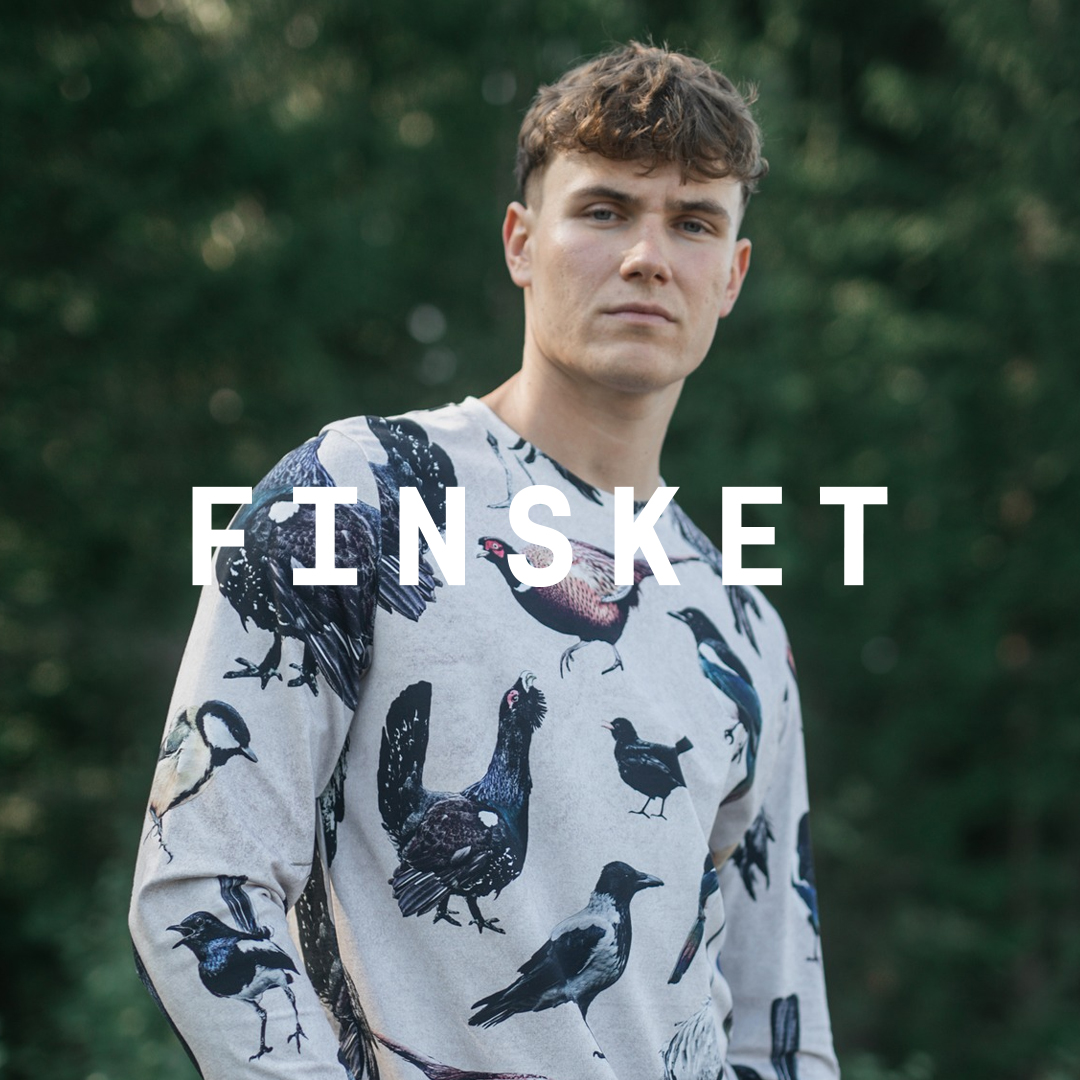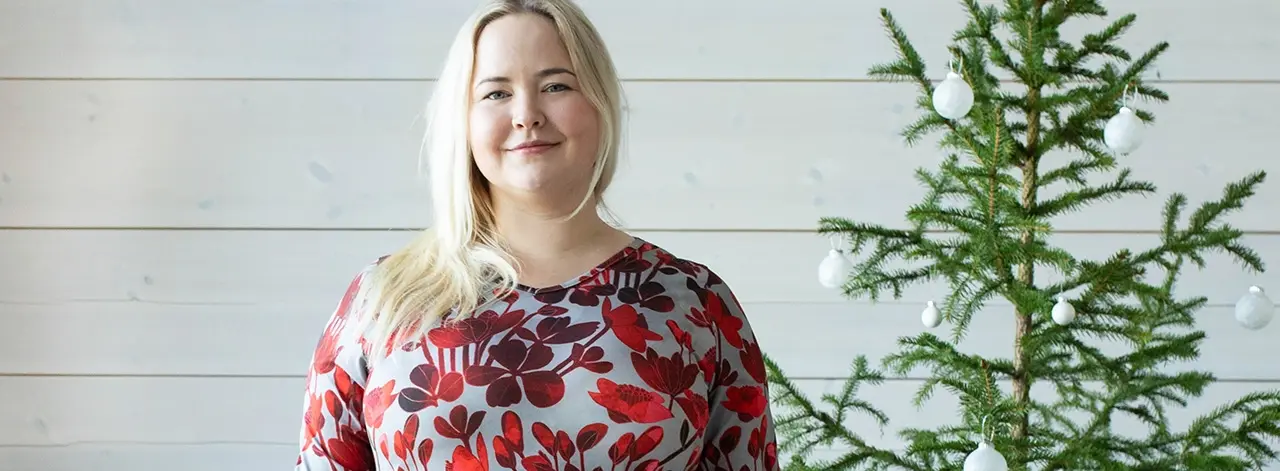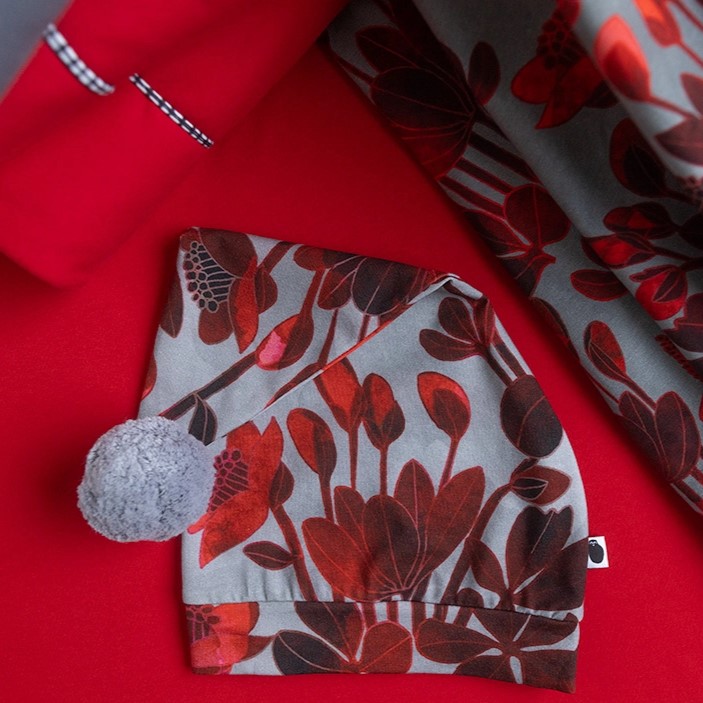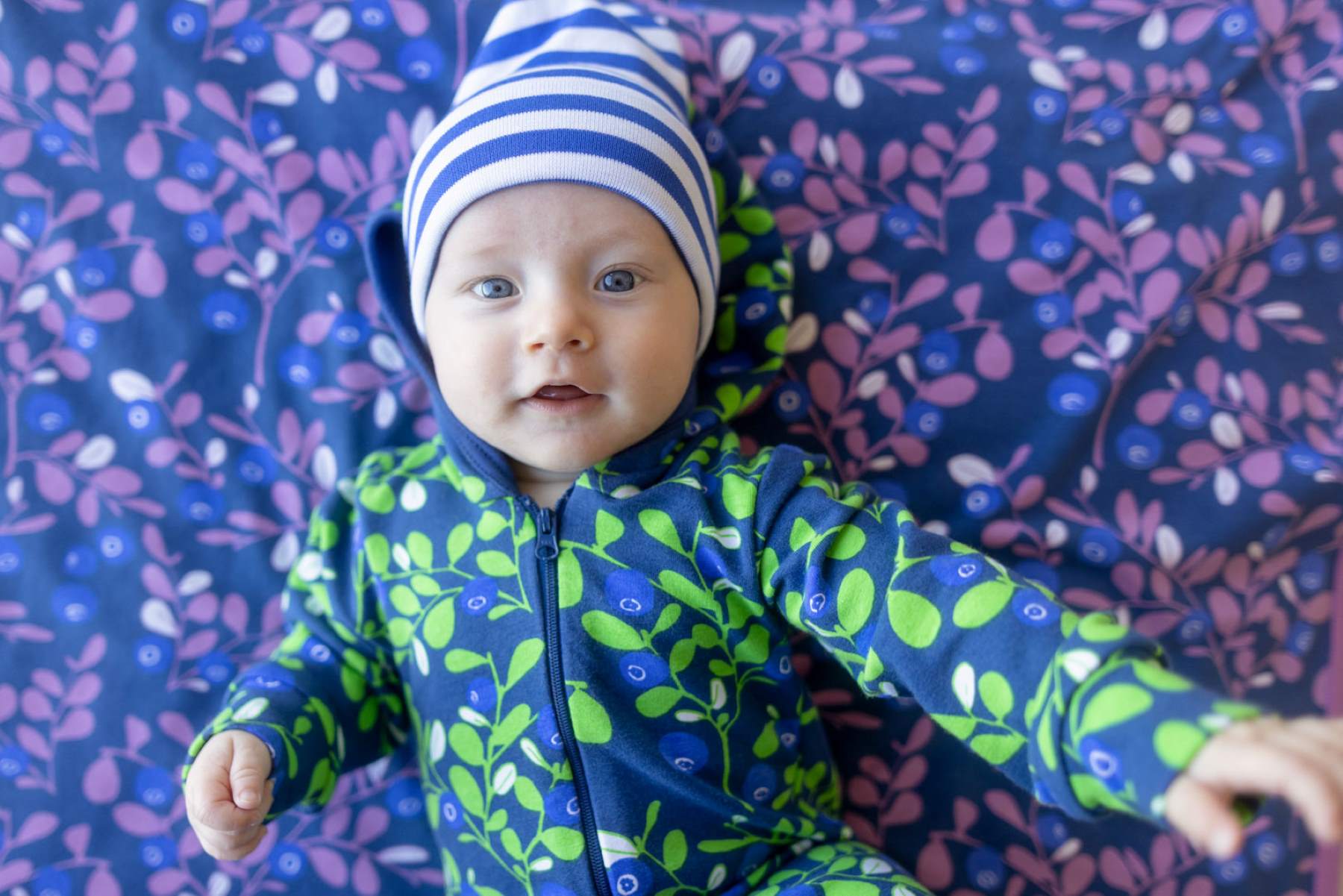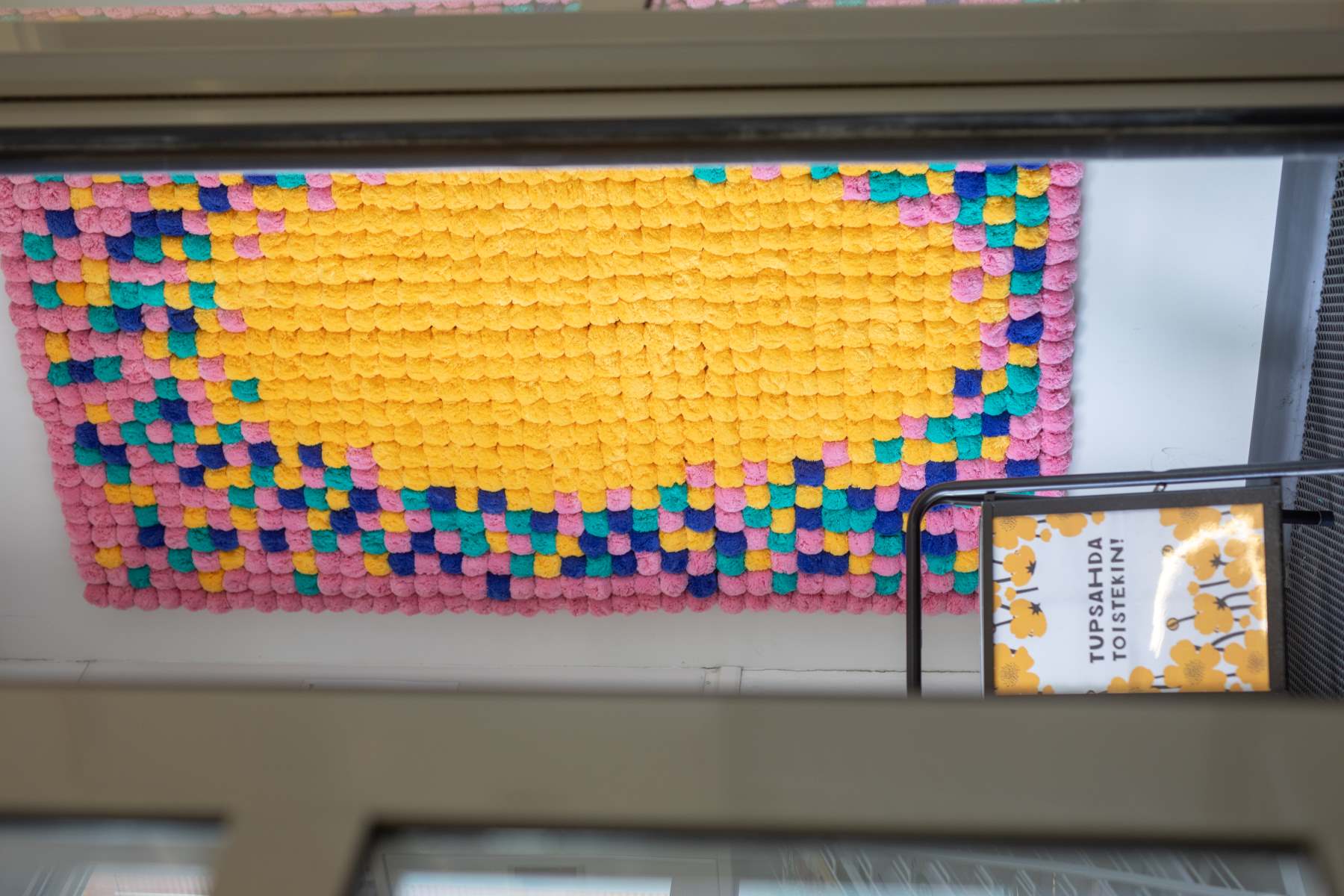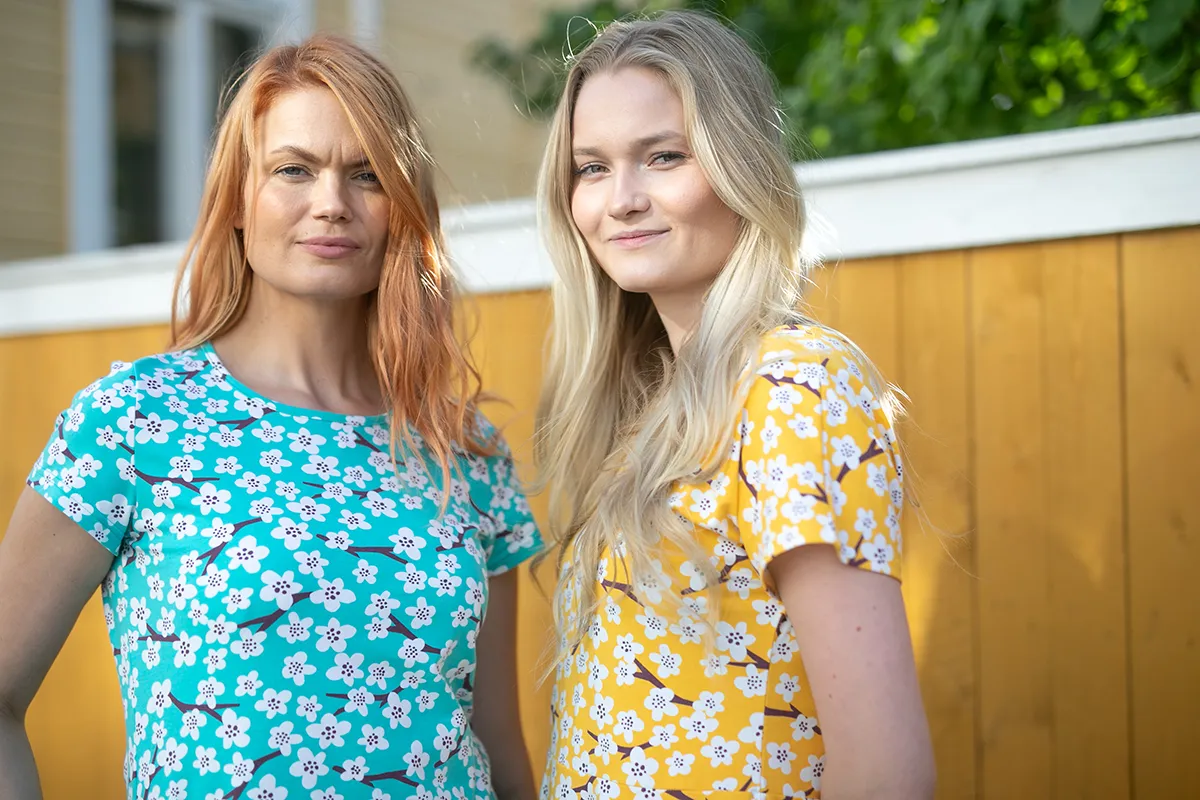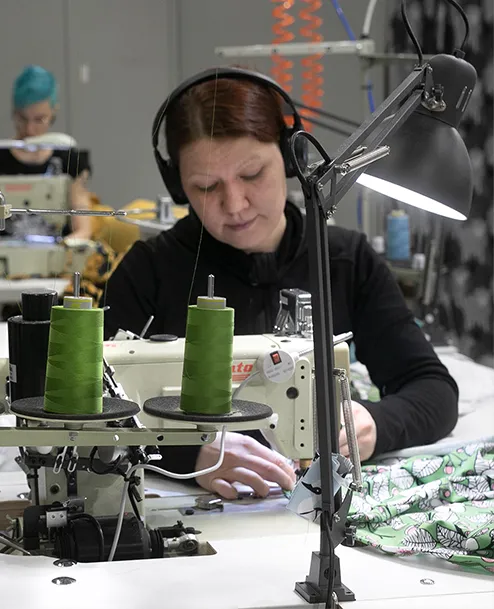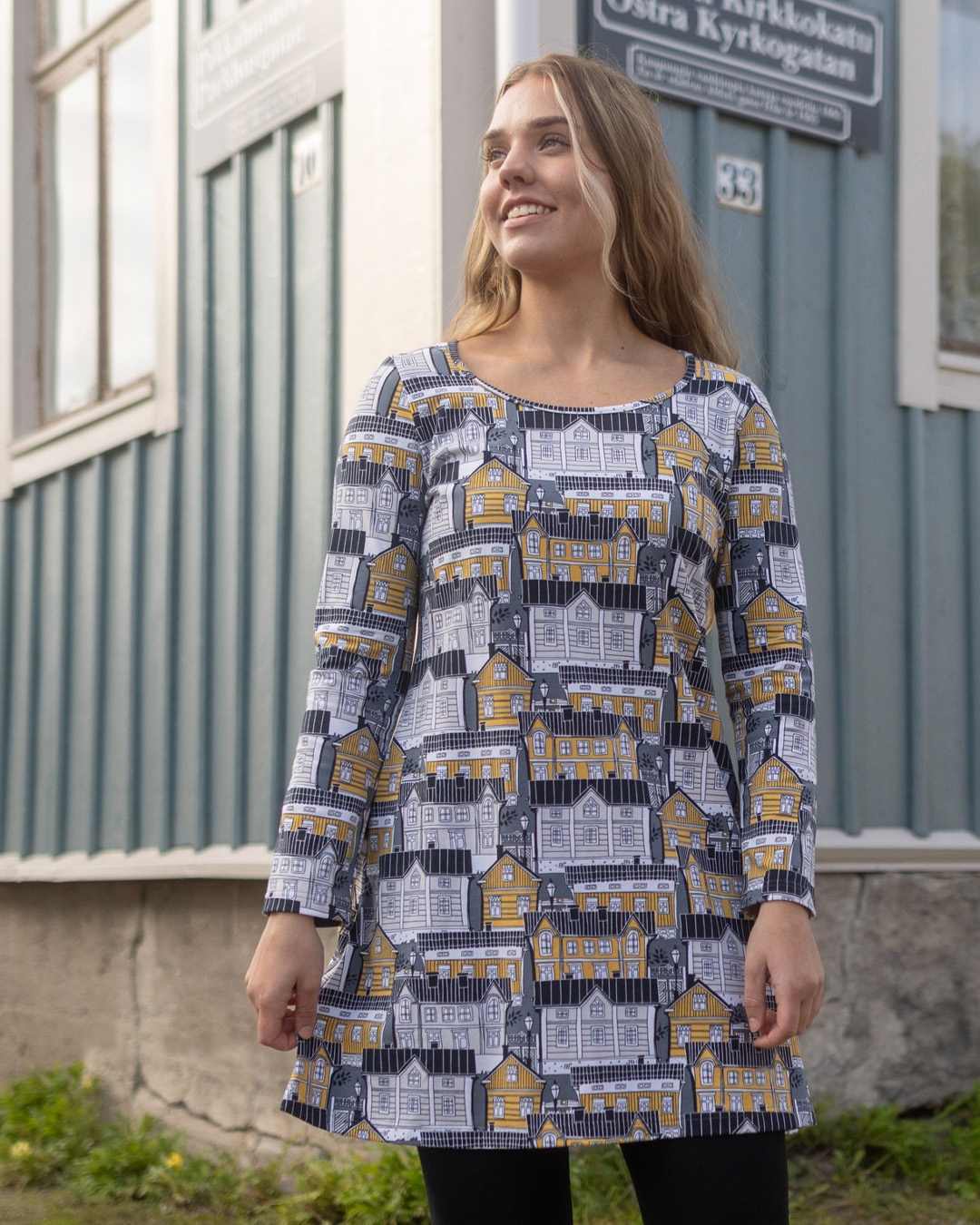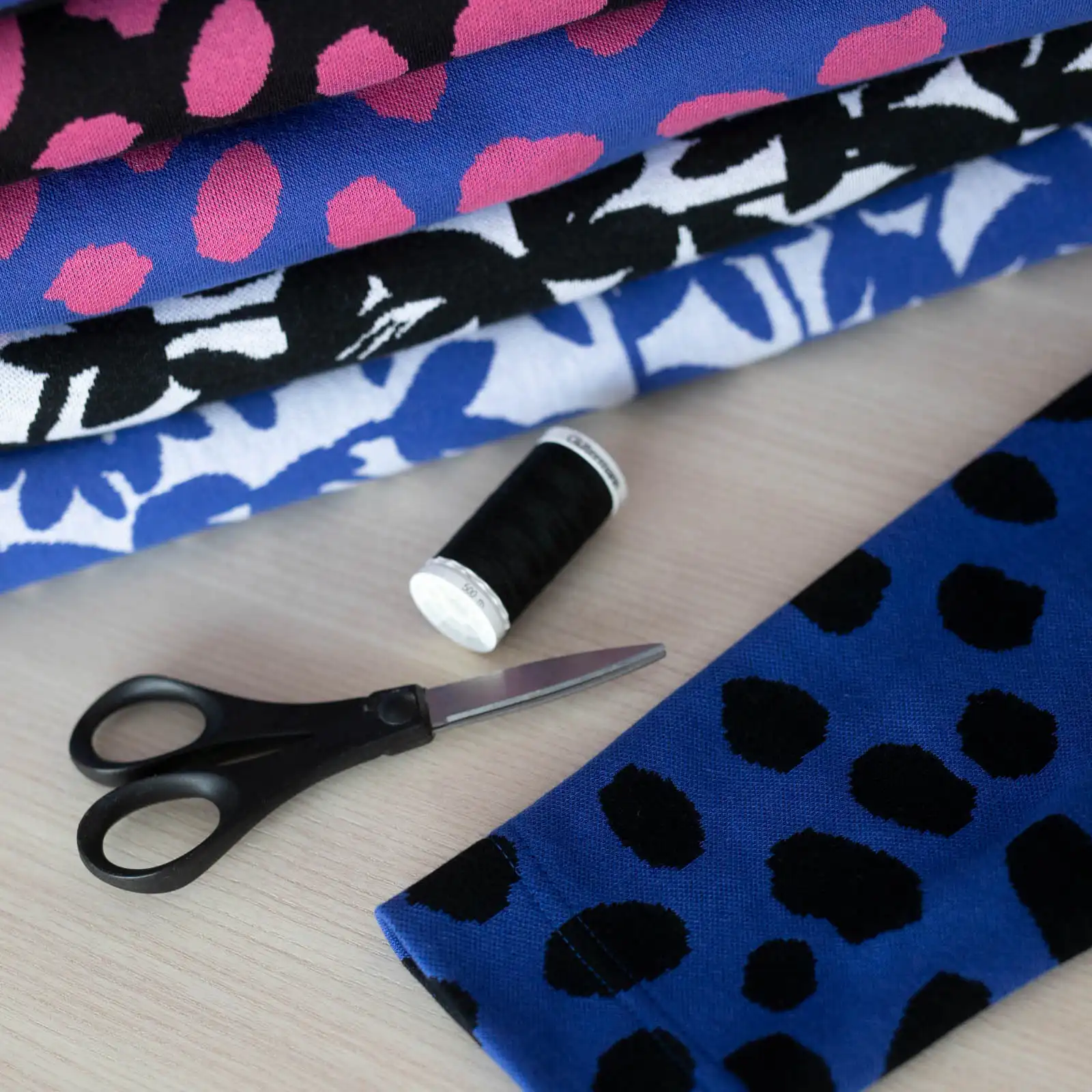Written by: Anna Gaib, Beda Rasinen, Sari Siitonen, Clonet Oy.
PaaPii Design has developed an OpenCO2.net-based calculator in collaboration with Clonet. PaaPii can use the calculator to calculate the carbon footprint of each piece of clothing it makes. The calculator can be used for product design and monitoring the emissions produced by the clothing.
PaaPii Design Oy has extensive experience in sustainability, and the company makes every effort to reduce the carbon footprint of its products. The products are designed to stand the test of time, in terms of both style and quality. PaaPii mainly produces clothing out of organic cotton jersey that is made in a GOTS and OEKO-TEX-certified factory in Lithuania. The jersey is transported from Lithuania to Finland, where the products are sewn in PaaPii’s own factory in Kokkola. Part of the electricity used by the factory is generated with solar panels mounted on the roof. PaaPii strives to reduce the amount of cutting waste by donating it in the store adjacent to the factory.
In the spring of 2021, PaaPii collaborated with Clonet to determine the company’s total carbon footprint for 2019. The calculation was performed in accordance with the Greenhouse Gas Protocol (GHG Protocol) Corporate standard using tools provided by the OpenCO2.net carbon footprint platform developed by Clonet. In addition, carbon footprint training was held for PaaPii’s personnel. The project gave a clear picture of what the most significant sources of emissions are for PaaPii and where there is room for improvement.
In the course of 2021, PaaPii has made investments and changes to its operations to reduce emissions. In 2021, PaaPii switched to green electricity with a guarantee of origin. PaaPii also pays particular attention to transport optimisation so that when fabrics are acquired, orders are delivered as full loads, reducing the total emissions of transport.
Continuous improvement as part of sustainable business activities
Climate work is continuous improvement. Once the company’s carbon footprint had been calculated and the most obvious emission-reduction measures had been adopted, PaaPii came up with the idea of also calculating the carbon footprint of its products.
Clonet developed an OpenCO2.net-based customised calculator for PaaPii, so that PaaPii can easily calculate the carbon footprint of the clothing it produces. The database of the calculator includes information on all the fabrics used by PaaPii Design and the related emission factors, as well as the transport routes, the packaging materials, the company’s energy consumption and the waste generated in production. Additionally, information to make estimates of the use phase emissions for the products based on their care instructions is included.
New calculator integrates carbon footprint with product development
Thanks to the new carbon footprint calculator, PaaPii’s personnel can make even better low-carbon choices when designing clothing. The calculator enables comparing the climate load of materials used by PaaPii with the climate load of conventional cotton. The calculator provides an accurate figure of the emissions caused by a piece of clothing, and the figure can be used as the basis for further product design. The calculator is based on the ISO 14067 standard and takes into account all emissions from the clothing; from fibre production to the checkout at PaaPii’s store in Kokkola.
In order for PaaPii to compare their calculated results to the carbon footprint of other products, Clonet examined life cycle assessments for clothing similar to PaaPii’s product range. Based on the assessments material, weight, and energy consumption have the most impact on the carbon footprint of a product. Benchmark values (format: kg CO2e/100g of product) were determined for PaaPii to use. The values gave PaaPii concrete evidence of the climate friendliness of its products. PaaPii’s women’s Sumu tunic was compared with a cotton T-shirt manufactured in Asia and shipped to Europe. The Sumu tunic’s carbon footprint per 100g of material used was half of the carbon footprint of the reference product. Whereas, when the Sumu tunic was compared with a polyester dress made in China, the Sumu tunic’s carbon footprint per 100g of material used was less than a third of the carbon footprint of the polyester dress.*
The mode of transportation used by the customer to commute to the store and garment care have surprisingly significant impacts on the carbon footprint.
*The reference values are from a recent study carried out in connection with the Swedish Mistra Future Fashion project that calculated the carbon footprints of different textile products. The climate impacts of products transported from Asia to Sweden or Finland do not differ significantly. The comparison was conducted using the cradle-to-gate assessments of the products, which means that the use phase emissions of the products were not considered.
